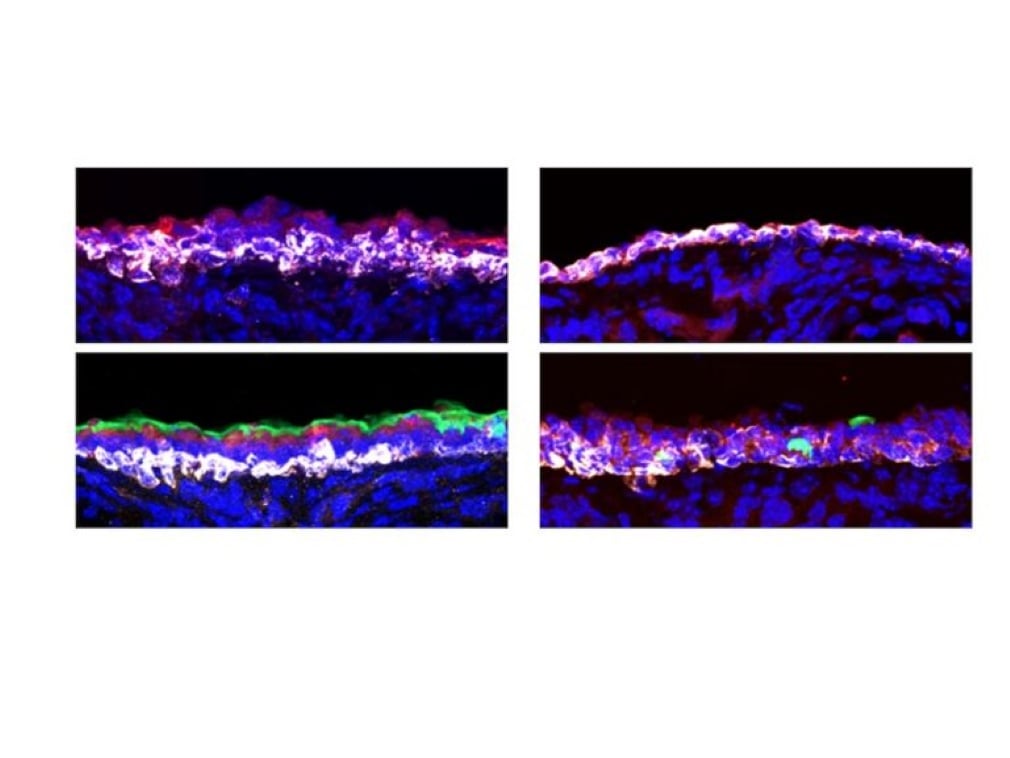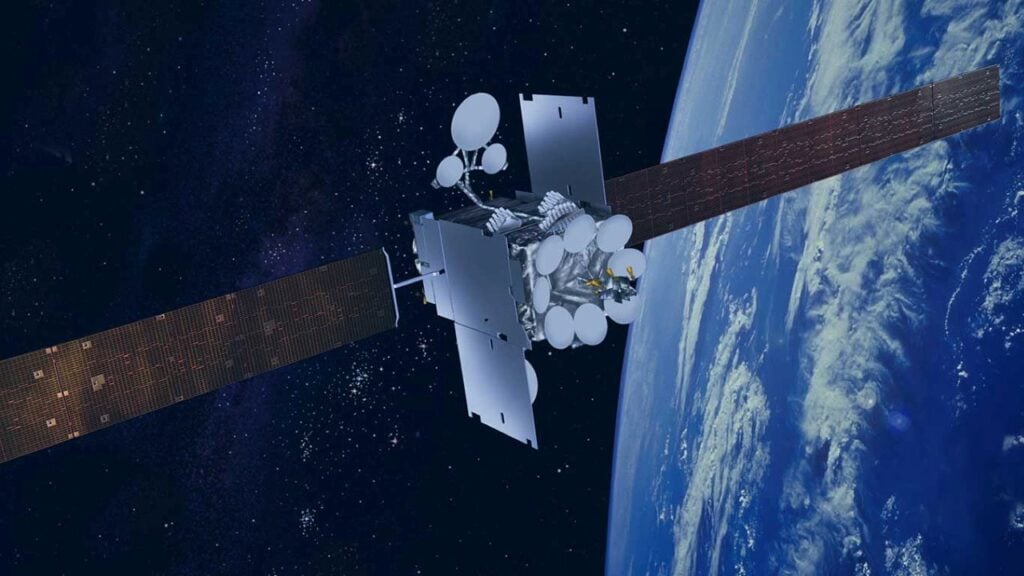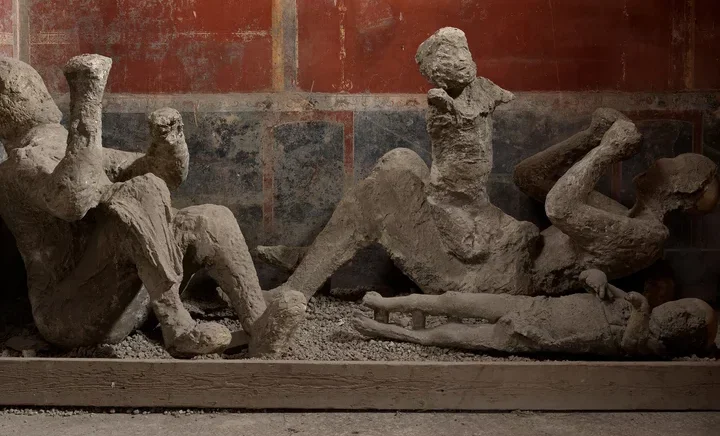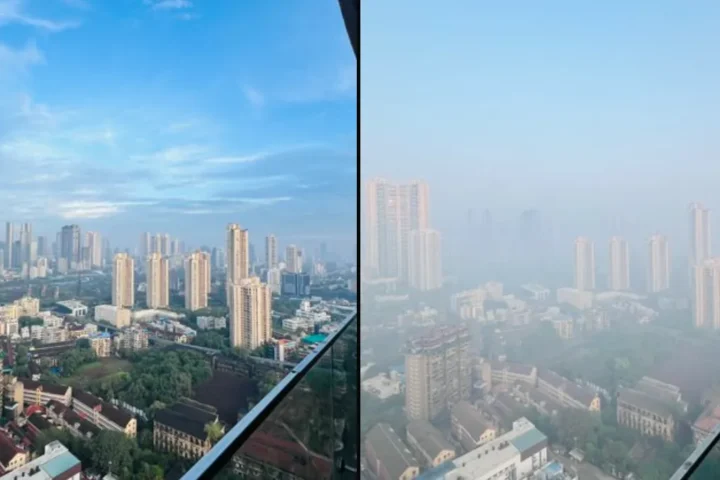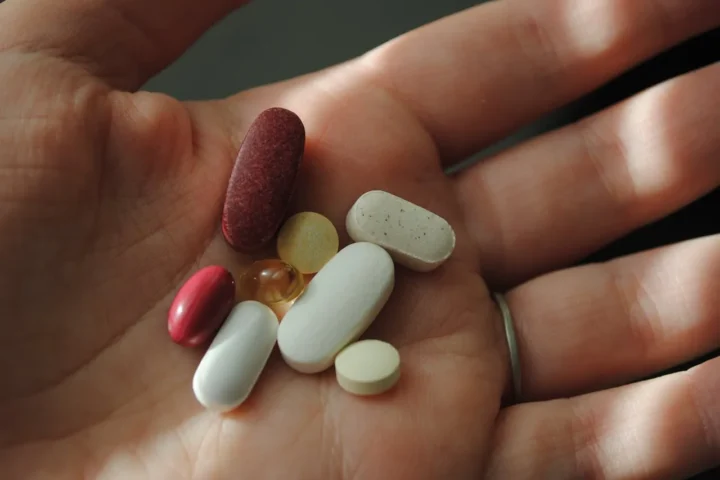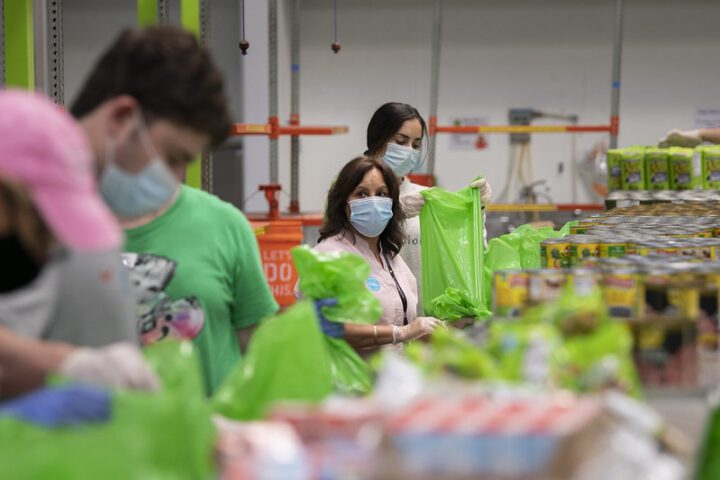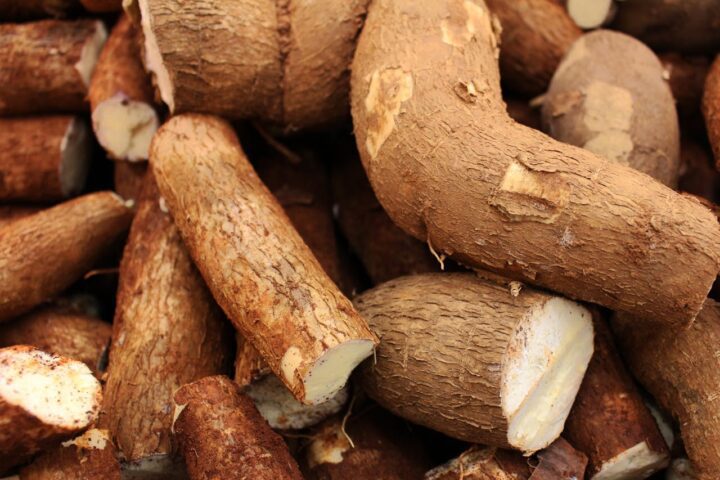Scientists at Stanford Medicine have found that rare cells in our lungs play a crucial role in repairing damage from smoke and viruses. This discovery might someday help protect people from wildfire smoke damage and even prevent diabetes.
The research team discovered that special cells called neuroendocrine cells—which make up less than 1% of the cells lining our airways—are vital for starting the body’s repair process after injury. These cells release a protein called Desert hedgehog that sets off a chain reaction of healing.
“This whole signaling cascade both protects and regenerates vulnerable cells in the airway and the pancreas,” explains Philip Beachy, professor at Stanford and senior author of the study. “If this circuit is disrupted, the damage is much worse.”
When we breathe in harmful substances like wildfire smoke or catch respiratory viruses, our lungs can suffer serious damage. The Stanford team found that the Desert hedgehog protein travels from the neuroendocrine cells to tissue beneath the airway lining, triggering cells there to produce another protein called Gli1. This second protein then causes the production of IL-6, which activates stem cells that divide and repair the damaged tissue.
This repair happens quickly—within hours of exposure to toxins—and works like a coordinated relay race, with each step amplifying the signal until the entire airway responds.
The researchers tested what happens when this process is blocked. The results were dramatic: mice lacking the Desert hedgehog protein lost 96% of their ciliated cells (cells with tiny hair-like structures that sweep particles out of the lungs) and 88% of their secretory cells (which produce protective mucus). In comparison, normal mice lost fewer cells—85% of ciliated cells and 41% of secretory cells.
Even more promising, when the researchers activated this hedgehog pathway with an experimental drug, it dramatically increased cell survival after exposure to harmful gases. Treated animals kept 66% of their ciliated cells and 82% of their secretory cells, while untreated animals retained only 9.7% and 43% respectively.
The protection extended beyond chemical irritants. When mice were infected with influenza or the virus that causes COVID-19, activating the hedgehog pathway significantly improved their ability to resist damage.
Similar Posts
Perhaps most surprisingly, the scientists discovered that a similar process happens in the pancreas, where insulin-producing cells (which are also a type of neuroendocrine cell) make the same Desert hedgehog protein. This suggests the pathway might help protect against diabetes by preserving insulin-producing cells.
There’s already evidence this might work in humans. The researchers found that people treated with cancer drugs that block the hedgehog pathway are twice as likely to develop diabetes after treatment.
“The association is highly significant and gives us early hints that activating this pathway might be protective for people with metabolic syndrome who are beginning to lose beta cell function,” Beachy noted.
While these findings are promising, scientists must proceed carefully. The hedgehog pathway has a dual nature—while it helps with tissue repair, it can also contribute to cancer when abnormally activated for long periods. This is why researchers are looking at targeted approaches.
“We have reasons to think it might not be a good idea to activate the hedgehog pathway long term,” Beachy said. “We are considering how to stimulate the pathway in a targeted way, either delivering it to the airway with an aerosol or targeting it to the pancreas.”
For everyday people, this research could eventually lead to treatments that help firefighters, those with respiratory illnesses, and people at risk for diabetes. An aerosol medication that activates this pathway could potentially protect lungs during wildfire season or help people recover faster from respiratory infections. Similarly, targeted treatment might help preserve insulin production in people showing early signs of diabetes.
While these applications are still years away, this discovery highlights how understanding our body’s natural repair mechanisms could lead to new approaches for preventing and treating common health problems.
Frequently Asked Questions
The hedgehog signaling pathway is a cellular communication system that helps repair damaged tissue in the body. It’s particularly important because Stanford researchers discovered it plays a crucial role in repairing lung damage from toxins like wildfire smoke and viruses, while also protecting insulin-producing cells in the pancreas. This dual function makes it potentially valuable for preventing both respiratory damage and diabetes.
When the hedgehog pathway is activated, it’s remarkably effective. In Stanford’s research, activating this pathway preserved 66% of ciliated cells and 82% of secretory cells in airways after exposure to harmful gases. Without this pathway, up to 96% of these essential cells were lost. The pathway also helped protect against damage from influenza and COVID-19 viruses.
Stanford researchers found that the same Desert hedgehog protein that repairs lung damage also protects insulin-producing cells in the pancreas. Evidence for this connection comes from clinical observations showing that people treated with cancer drugs that block the hedgehog pathway are twice as likely to develop diabetes afterward. This suggests activating the pathway could potentially prevent diabetes progression.
Yes, there are important risks to consider. When abnormally activated for long periods, the hedgehog pathway can contribute to cancer development. This is why researchers are cautious and looking at targeted, short-term activation methods. Lead researcher Philip Beachy stated, “We have reasons to think it might not be a good idea to activate the hedgehog pathway long term,” highlighting the need for careful application.
While the research shows promise, treatments for humans are still in the exploratory phase. Researchers are investigating methods to deliver targeted treatments, such as aerosol medications for the airways or specific targeting for the pancreas. The article doesn’t provide a specific timeline, but indicates that scientists are actively working on developing approaches that could help firefighters, those with respiratory illnesses, and people at risk for diabetes.
The research was conducted by Stanford Medicine researchers led by Philip Beachy, PhD, professor of urology and of developmental biology, with William Kong, PhD, as the study’s first author. Researchers from the University of California, San Francisco also contributed. The study was funded by several organizations including the National Institutes of Health, the Department of Defense, the Chan Zuckerberg Biohub, the Roddenberry Foundation, and others.
